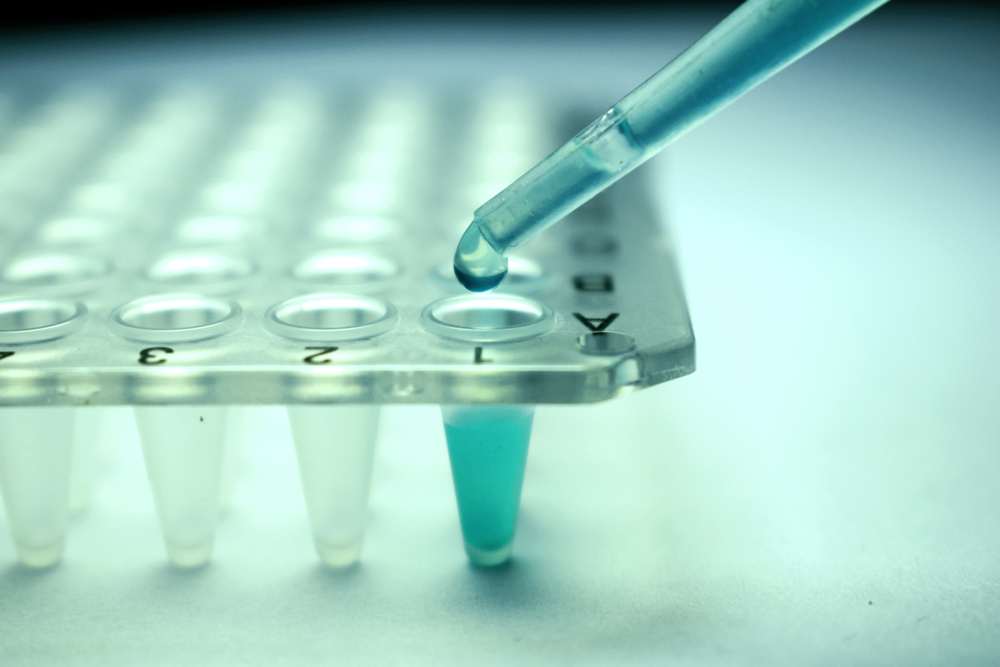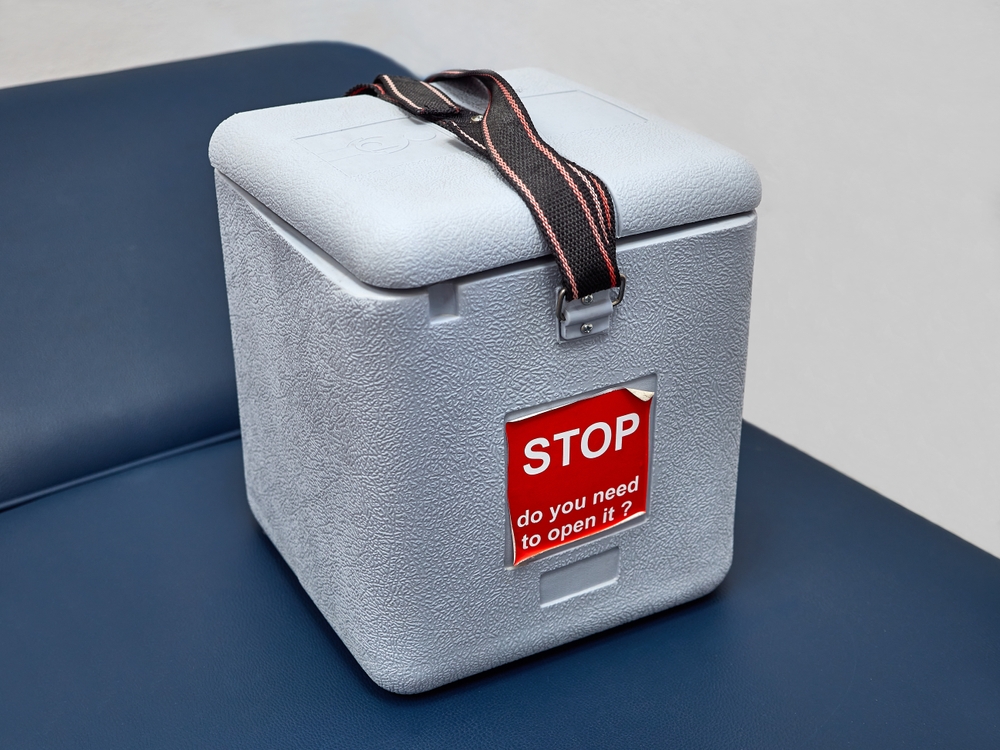If you’ve put in any bit of research into stem cell therapy in the United States, you’ll know that the potential applications for this treatment option are vast. You can help minimize conditions as far-reaching as arthritis and blood cancer.
If you’ve been living with a chronic condition and are hoping for some new treatment to break the cycle, then stem cell therapy may just be the ticket – but there is a catch. The cost of stem cell therapy can be staggeringly high, especially for the average person.
This is because the cost of stem cell therapy, unfortunately, must be covered by the patient. There are a few instances your insurance should cover your stem cell treatment depending on the type of bone marrow or blood disease you have, but you’re unlikely to get coverage for anything else.
That’s why many who consider stem cell treatments for themselves end up asking how much does stem cell therapy cost?
The issue with looking up how much is stem cell therapy is that, unfortunately, the answer is “it depends”. Costs change depending on the type of stem cell treatment, on how many stem cells are needed, and on how many sessions you need based on your condition.
This guide will help you understand the starting stem cell therapy cost, as well as what factories go into the costs.
How Much Does Stem Cell Therapy Cost?
So, how much does stem therapy cost at a starting point? At our stem cell clinic, treatments can start from $18,500. Yes, the stem cell therapy cost is a doozy, and it’s also unlikely to be covered by your insurance. That’s why we offer payment plans to help you spread out the cost. We also only accept patients we believe will have the best chances of seeing real results.
Not every patient is a good fit for stem cell therapy, and if you’re already asking questions like how much is stem cell therapy, and if the cost is worth it, then going for a treatment you aren’t a good fit for can be devasting. We do not want that.
When you book a consultation at any of the locations we cover, we have you undergo an in-depth consultation, and then review the information we have to decide whether you’re a good fit for the treatment, or not.
Why is Stem Cell Therapy So Expensive?
The stem cell therapy cost can absolutely seem high, especially when you need to pay out of pocket for most stem cell treatments today. The reason why it is so expensive, however, has to do with the technological requirements, the need for donor stem cells, and more:
Technology Costs
There are many technology costs associated with stem cell therapy, and each stem cell clinic needs its own labs and preservation system on-site, further increasing the cost of stem cell therapy.
Screen and Purification
To ensure utmost safety and efficiency, all stem cells in Bioxcellerator are sourced from donated umbilical cords. They are then examined and analyzed in a clinical laboratory to ensure that not a single one of those stem cells contains an infection, to keep patients as safe and healthy as possible post-treatment.
The goal with this technology is to isolate and purify the mesenchymal stem cells, preparing them for success in any stem cell procedure.
Cryo-Preservation
All cells wither and die without an energy source. This means if you leave stem cells out in the open air, they will die. To stop this, all cells are cryo-preserved until they are needed. This is a costly system, but it ensures that cells can be pre-prepared and ready for reactivation as soon as they are needed.
The Stem Cell Type
The type of stem cell will also impact costs. Unless the stem cell is sourced from your own body, for example, there is a risk that your body will reject the injection. What are stem cell injections exactly, if they can be rejected? It’s simple. They are stem cells, but they won’t typically be yours.
To help minimize the risk of the body rejecting the stem cells, we use Wharton’s jelly umbilical cord-derived mesenchymal stem cells. If you’re wondering what are stem cells from Wharton’s Jelly, and why are they used?
We go into detail in our guide, but for now, know that WJ-MSCs are stem cells that don’t have surface proteins found in other sources (like blood or fatty tissue), so the body is less likely to see these new cells as foreign, making it more likely that the stem cells are accepted and can get to work in your body.
Now, Wharton’s Jelly is only found around the umbilical cord after birth, which must be donated. Acquiring these stem cells can be costly on their own, but we also screen, test, and then store these cells to give you the cleanest, safest stem cells for treatment.
FDA Approval
There are many different stem cell treatments. One of the most common, simply because it is currently FDA approved, are the stem cells sourced from bone marrow. The bone marrow donor is usually the patient themselves, so the risk of the body rejecting the cells is minimum. This is a very effective treatment option, and is currently one of the few instances when insurance companies in the United States will cover the medical costs.
All other treatment uses, however, are not so lucky to be FDA approved (though clinical trials are ongoing, meaning there is absolutely hope for the future). This means that all costs, such as receiving the donor stem cells, processing them, preserving them, and then injecting them cannot be covered by insurance companies, and instead must be paid out of pocket.
Alternatives to Stem Cell Treatments
If you balked at the stem cell therapy cost, then you may want to consider platelet rich plasma injections instead. These work with your own blood to help stimulate healing in a similar way, but since it’s your own blood the costs are far lower.
All you need to get platelet rich plasma is to take some of your own blood, put it into a centrifugal device, then inject the plasma from the separated components back into your body.


